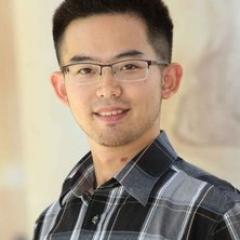Nanoparticles-induced horizontal transfer of antibiotic resistance genes
The spread of antibiotic resistance has become a major concern for public health. Horizontal gene transfer of antibiotic resistance genes is recognised as the primary contributor to antibiotic resistance dissemination. As emerging contaminants, various metallic nanoparticles (NPs) and ionic heavy metals have been ubiquitously detected in various environments. Although previous studies have indicated NPs and ionic heavy metals could exhibit co-selection effects for antibiotic resistance, little is known about whether and how they could promote antibiotic resistance spread via horizontal gene transfer across bacterial genera.
This project aims to investigate:
- Whether metallic NPs such as silver and copper in the environment can stimulate the horizontal gene transfer of antibiotic resistance genes by promoting conjugation.
- Whether metallic NPs at environmental concentrations could promote the transformation of antibiotic resistance genes.
- The underlying molecular mechanism of NPs in promoting the horizontal transfer of antibiotic resistance genes among bacteria species.
Project outcome
A/Prof Jianhua Guo has been awarded with the 2017 University of Queensland Foundation Research Excellence Awards based on his research output and achievements in investigating nanoparticles-induced horizontal transfer of antibiotic resistance genes.
Publications
- Lu, J., Wang, Y., Jin, M., Yuan, Z., Bond, P. & Guo, J., 2020. Both silver ions and silver nanoparticles facilitate horizontal transfer of plasmid-mediated antibiotic resistance genes. Water Res. 169, 115229.
- Lu, J., Zhang, S., Gao, S., Wang, P., Bond, P. & Guo, J., 2020. New insights of the bacterial response to exposure of differently sized silver nanomaterials. Water Res. 169, 115205.
- Zhang, S., Wang, Y., Song, H., Lu, J., Yuan, Z., & Guo, J. 2019. Copper nanoparticles and copper ions promote horizontal transfer of plasmid-mediated multi-antibiotic resistance genes across bacterial genera. Environ. Int. 129, 478-487.
Project members
Other members
- Dr Shuai Zhang


